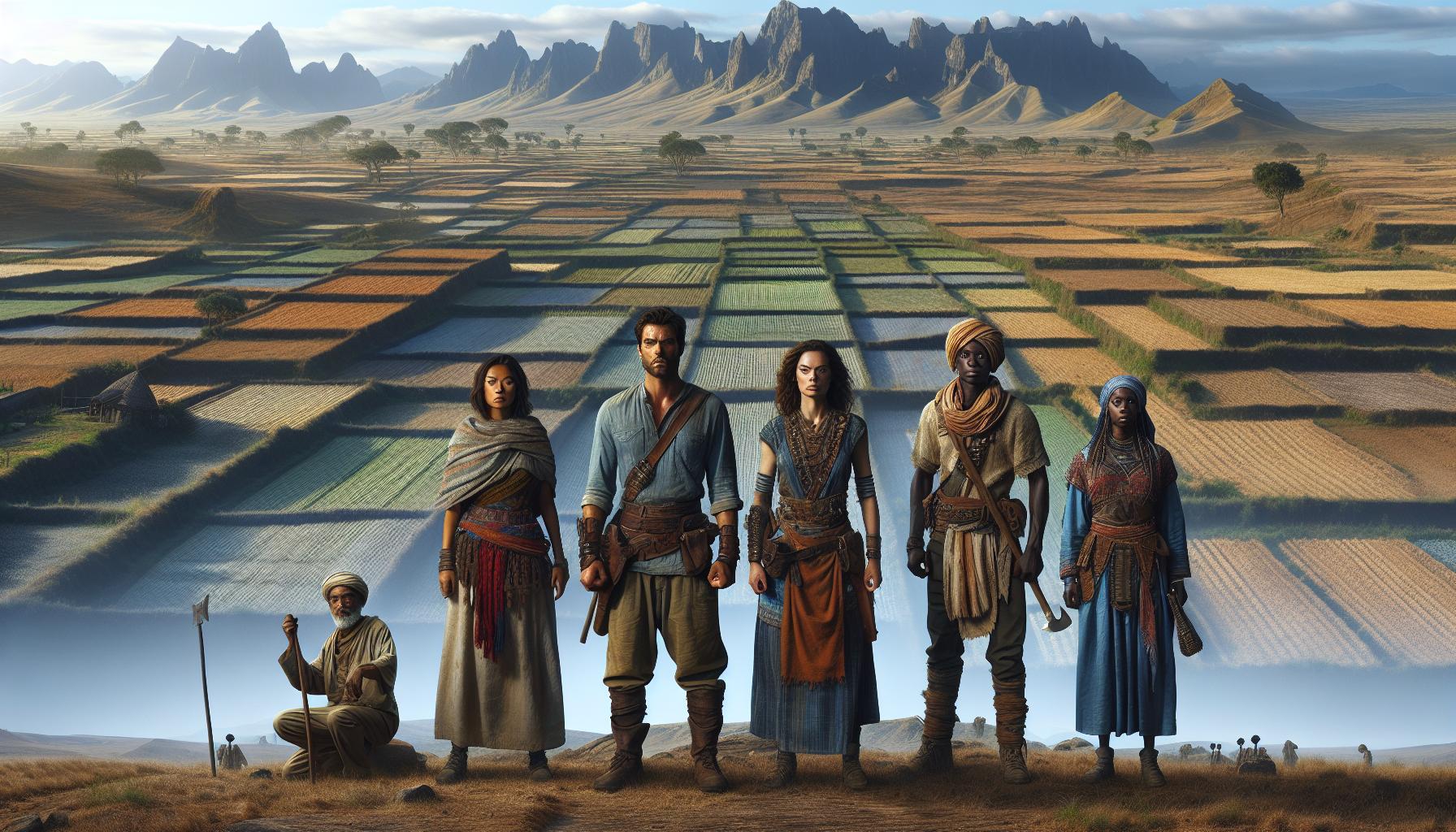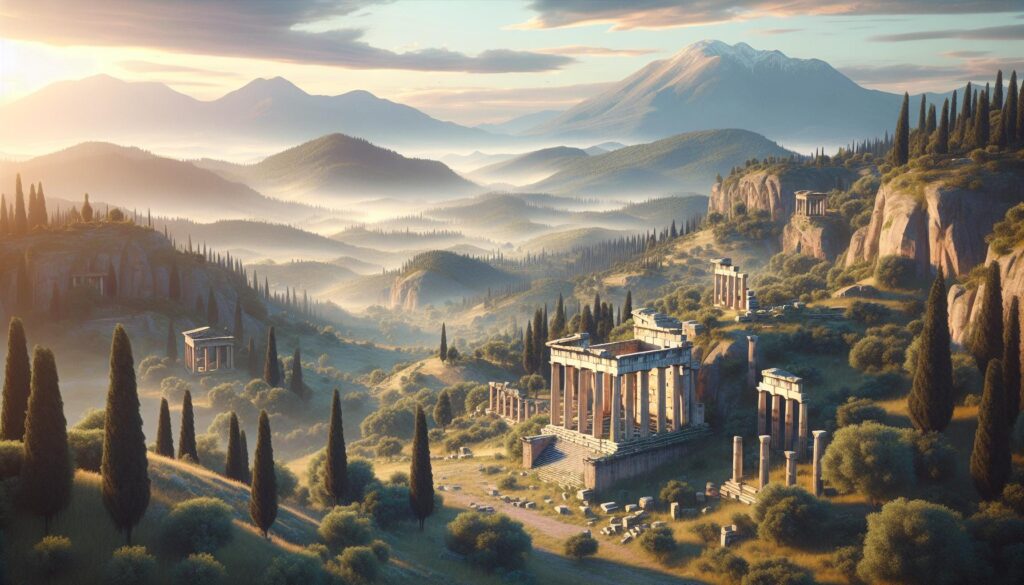The Paonians, often stealing the spotlight from their more famous neighbors, hide a treasure trove of history just waiting to be discovered. These ancient Thracian tribes weren’t just side characters – they played a starring role in the grand drama of Macedonian civilization, bringing their own flair and gusto to the region’s legacy. Peeking into the world of the Paonians is like finding a hidden level in your favorite game. From their battle-hardened warriors to their masterful artisans, the Paonians bring stories of resilience and creativity that are as inspiring as they are entertaining. Whether you’re a history fanatic or just love uncovering quirky tales from the past, the Paonians offer a captivating adventure that’s sure to intrigue and amuse.
Παωνιους
Definition and Context
The Paonians were an ancient Thracian tribe inhabiting the region of Paeonia, located in today’s northern Greece and North Macedonia. They played a significant role in the Balkans from the 4th to the 1st century BCE. Renowned for their military prowess, the Paonians formed alliances and engaged in conflicts with neighboring states, including Macedon and Illyria. Their society integrated Thracian customs with Greek and Illyrian cultural influences, as seen in their artifacts and settlement patterns. Archaeological discoveries, such as fortified settlements and advanced weaponry, demonstrate their resilience and strategic capabilities. Additionally, the Paonians facilitated cultural and economic exchanges by maintaining trade routes that connected various civilizations. Understanding their definition and context reveals the Paonians’ substantial impact on ancient Balkan history and their contributions to regional stability and development.Demographics
The Paonian population reached approximately 100,000 individuals during their peak in the 3rd century BCE. Primarily agrarian, they cultivated crops like wheat, barley, and olives, which sustained their economy. Households typically comprised extended families living in wooden or stone structures within fortified villages. Paonian society was organized into clans, each led by a chieftain responsible for local governance and military leadership. Men mainly served as warriors or skilled artisans, while women managed domestic tasks and participated in textile production. The Paonian language shared similarities with other Thracian dialects, facilitating communication with neighboring tribes. Population distribution concentrated in central highlands and along key river valleys, ensuring access to essential resources and trade routes. These demographic attributes highlight the Paonians’ ability to maintain stable communities and exert influence across the region.Challenges Faced by Παωνιους

Economic Hardships
Limited access to fertile land constrained agricultural productivity. Resource scarcity increased competition among clans, leading to internal conflicts. Trade disruptions with neighboring regions reduced income from exports. Heavy taxation imposed by allied states strained household finances. Additionally, reliance on agrarian economies made them vulnerable to seasonal changes. Infrastructure deficits hindered the development of efficient marketplaces. Technological limitations restricted advancements in farming techniques. These economic pressures diminished the overall prosperity of the Paonian communities.Social Stigma
Paonian warriors faced prejudice from rival tribes, undermining their reputation. Cultural differences led to misunderstandings with neighboring societies. Stereotypes about their military practices created barriers in alliances. Women in Paonian society were often marginalized, limiting their societal roles. Educational disparities prevented equal opportunities for all members. Discriminatory policies from dominant states excluded Paonians from political power. These social stigmas weakened community cohesion and hindered social mobility.Support Systems for Παωνιους
Support systems play a vital role in preserving and promoting the heritage of the Παονιους. Various government programs and non-profit organizations contribute to these efforts.Government Programs
The Greek and North Macedonian governments implement initiatives to protect Παωνιους heritage.-
- Cultural Preservation Grants: Allocate funds for archaeological excavations and restoration projects.
-
- Educational Programs: Integrate Paonian history into school curricula to raise awareness.
-
- Heritage Sites Management: Maintain and secure key Paonian sites, ensuring their accessibility to the public.
-
- Research Funding: Support academic studies and publications on Paonian society and contributions.
Non-Profit Organizations
Several non-profits focus on supporting Παονιους heritage through various initiatives.-
- Paonian Heritage Foundation: Promotes research and public education on Paonian history.
-
- Ancient Balkans Alliance: Collaborates with archaeologists to uncover and preserve Paonian artifacts.
-
- Cultural Exchange Networks: Facilitate partnerships between Greece and North Macedonia to share resources and expertise.
-
- Community Outreach Programs: Engage local communities in preserving their Paonian heritage through workshops and events.

